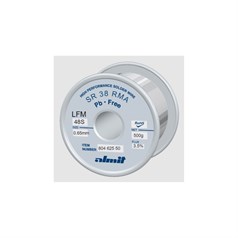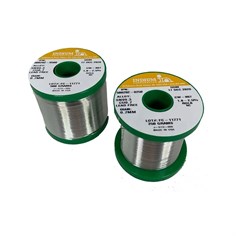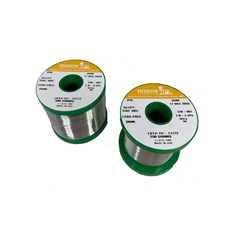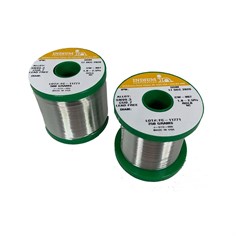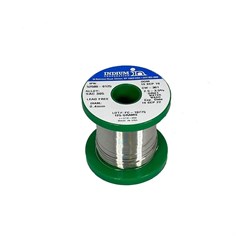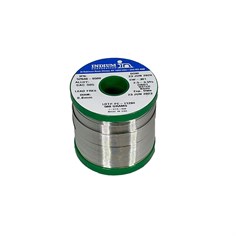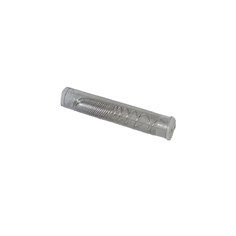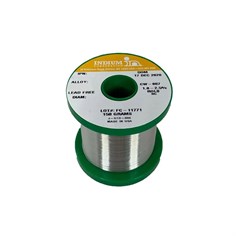- Home
- Solders, Fluxes and Preforms
- Lead Free Solder
Lead Free Solder
Lead-free solder is a fusible metal alloy used as an alternative to lead-based solder. In the recent past, its use has become widespread. This comes from an increased awareness of the hazards posed by leaded products. Lead-free solders are made from various metal alloys. Components can include tin, copper, silver, nickel, zinc and more. The most common lead-free solder is tin-copper. This alloy has a melting point of 217°C. There are many different types of them. Tin serves as a base metal, providing strength to the alloy. Each alloy has unique properties. Examples include:- Tin-Copper: Copper improves mechanical strength and conductivity.
- Tin-Silver: Silver reduces oxidization and improves conductivity.
- Tin-Zinc: Zinc lowers the melting point of the solder.
Lead-free solders come in the same form as leaded ones. They are available in wire, bar or paste form. They can be cored with flux. Conro offers a wide choice of lead-free solders from major manufacturers such as Indium.
Conro is an authorized distributor for Indium.
Properties of lead-free solders
Lead-free solders have properties that are distinct from traditional lead-tin mixes. These properties need to be taken into account when choosing a solder and matching it with the right application.
- Higher melting point. Lead-free alloys have higher melting points than leaded solder. This tends to oxidize the solder. It can also lead to component stress during soldering.
- Lower wettability: Lead-free solder does not flow as well as lead-based solder. It undergoes wetting slowly. Joints tend to be less effective in self-regulation, tensile power, and shear capacity.
- Prone to formation of deposits: Lead-free solder forms surface oxides, flux impurity and alloy deposits. Proper maintenance is required to prevent and remove deposits.




